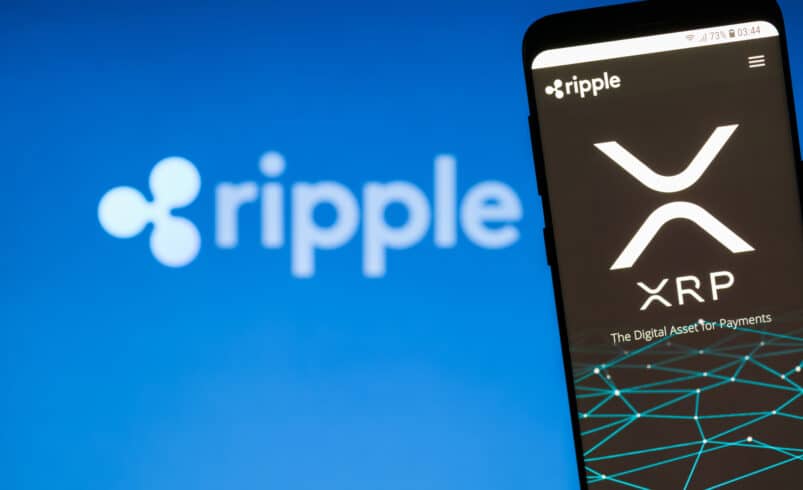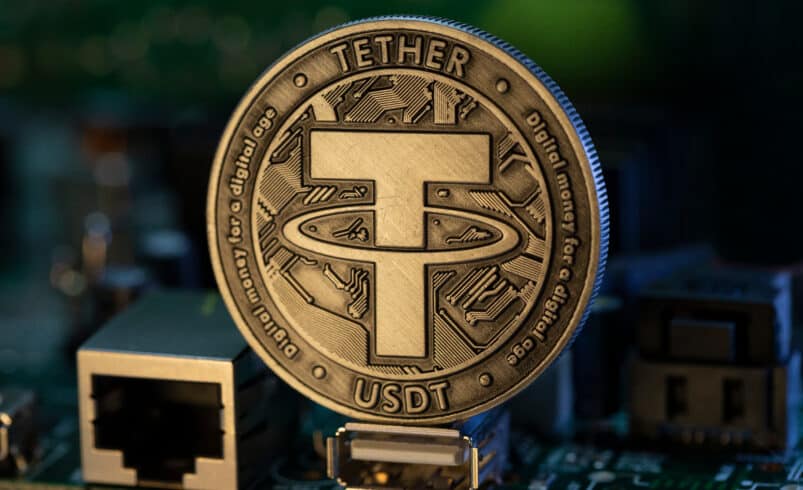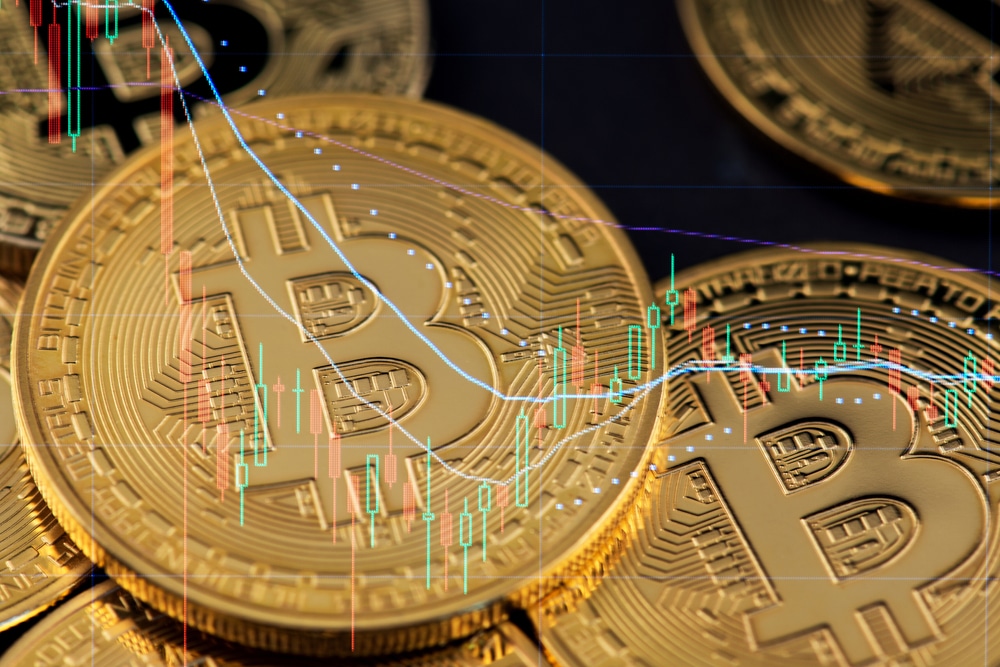A Beginner’s Guide to Understanding Ripple

Ripple is an enterprise that seeks to deliver solutions for cross-border payments to banking and financial entities.
The core of the company’s operations is intertwined with XRP, the indigenous digital asset of the XRP Ledger. Ripple leverages XRP as an intermediary currency to facilitate the exchange of value across various fiat currencies on behalf of its clients. Furthermore, the network allows any user to make XRP transactions.
This guide endeavors to furnish a detailed elucidation of both Ripple and XRP.
Understanding XRP
XRP is a cryptocurrency conceived as an alternative to Bitcoin, with a primary emphasis on enabling swift and economical transactions across borders. While this capability is not unique to XRP—given that several cryptocurrencies offer similar functionalities with varying degrees of efficiency and cost—Ripple aspires to optimize this service for commercial use.
In contrast to Bitcoin’s reliance on a proof-of-work consensus model, XRP utilizes a consensus protocol predicated on the Federated Byzantine Agreement (FBA) system. This framework eschews the need for mining or staking to authenticate and log transactions. Instead, it depends on a network of trusted validator nodes, collectively referred to as the Unique Node List (UNL), to secure consensus and uphold the integrity of the transaction ledger in intervals of three to five seconds.
A distinguishing feature of XRP is its pre-mining process, which is executed at an early development phase. An aggregate of 100 billion XRP tokens were pre-mined and released in 2012.
Functionality of XRP
Ripple’s blockchain technology underpins an immutable transaction log through its electronic ledger, known as the XRP Ledger (XRPL). The XRPL is tasked with documenting transaction details, including account balances, user accounts, and transfers, and ensuring cryptographic security through the use of key pairs (private and public keys). Only the bearers of the private keys are authorized to sanction transactions.
XRP transactions are processed within seconds, facilitating the conversion of payments into local currencies for involved parties, thereby enabling currency bridging by institutions. The validation of transactions is carried out by a network of over 150 validators (servers), some of which may be granted a position in Ripple’s Unique Node List.
The Unique Node List is comprised of 35 validators, with Ripple managing six. For a ledger entry’s transactions to be recognized, validators must reach a consensus based on the Ripple Protocol Consensus Algorithm (RPCA). The responsibility of validating all pending XRP transactions, typically every three to five seconds, falls upon the network.
Following validation, transactions are inscribed onto the XRP ledger in accordance with the RPCA and permanently timestamped on the blockchain to guarantee the immutability of ledger data entries. A consensus is deemed achieved when at least 80% of the validating nodes concur on the legitimacy of a transaction, leading to the addition of a new block to the XRPL blockchain.
While the network may include flawed validators, their proportion cannot surpass 20%. Should this threshold be exceeded, the network faces challenges and ceases to operate effectively.
Creation of XRP
The inception of the XRP Ledger is credited to Jed McCaleb, Arthur Britto, David Schwartz, and Chris Larsen. This collaborative effort began in 2011, with McCaleb, Britto, and Schwartz at the forefront of development, culminating in the completion of the ledger in 2012.
Upon the ledger becoming operational, an emerging entity was allocated 80% of the XRP supply to pioneer its applications. Initially named NewCoin, later evolving to OpenCoin, the founders maintain that XRP’s creation was a personal endeavor rather than a corporate one, with the cryptocurrency’s initial distribution being made to a company that eventually became known as Ripple.
Chris Larsen served as CEO of OpenCoin, alongside McCaleb as co-founder and CEO, Schwartz as Chief Cryptography Officer, and Arthur Britto as an advisor. The company transitioned to Ripple Labs in 2013.
Mining XRP
Unlike the mining process associated with major cryptocurrencies such as Bitcoin and Ethereum, XRP deviates from this model. The Ripple network, supported by the XRP Ledger, utilizes a consensus protocol that negates the need for mining. As a result, XRP tokens are pre-minted and incrementally released into the market, making the mining process irrelevant for Ripple.
SEC vs. Ripple Lawsuit
This legal battle features Ripple against the United States Securities and Exchange Commission (SEC) and is a significant case in cryptocurrency.
Initiated in the final months of 2020, the lawsuit has notably affected XRP’s market standing and introduced a layer of uncertainty about its future. The SEC alleges that Ripple Labs, along with two of its executives, partook in an illegal securities offering through their sale of XRP, which the SEC considers a security, allegedly raising over $1.3 billion.
Ripple Labs contests these accusations, asserting that XRP’s functionalities, such as its use as a medium of exchange, exempt it from being classified as a security. They argue their adherence to securities laws and challenge the SEC’s claims as an overextension of its authority.
In June 2023, Ripple secured a partial victory in its legal battle with the SEC. A judge ruled that direct sales of XRP to institutional investors were illegal securities sales, but sales through “blind bid” processes were not in violation of securities laws.
By October 2023, the SEC withdrew its claims that Garlinghouse and Larsen had breached securities laws, a move aimed at expediting an appeal on previously lost aspects of the case.
Ripple’s steadfast opposition to the SEC’s allegations has prolonged the legal conflict, leaving its outcome uncertain. This ongoing lawsuit has prompted discussions regarding the regulatory environment for cryptocurrencies and the broader implications for digital assets.
Editorial credit: Grey82 / Shutterstock.com
DISCLAIMER: It's essential to understand that the content on this page is not meant to serve as, nor should it be construed as, advice in legal, tax, investment, financial, or any other professional context. You should only invest an amount that you are prepared to lose, and it's advisable to consult with an independent financial expert if you're uncertain. For additional details, please review the terms of service, as well as the help and support sections offered by the provider or promoter. While our website strives for precise and impartial journalism, please be aware that market conditions can shift unexpectedly and some (not all) of the posts on this website are paid or sponsored posts.









